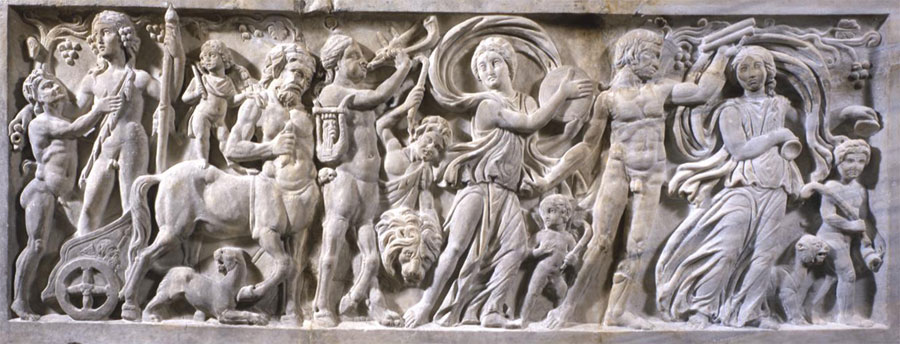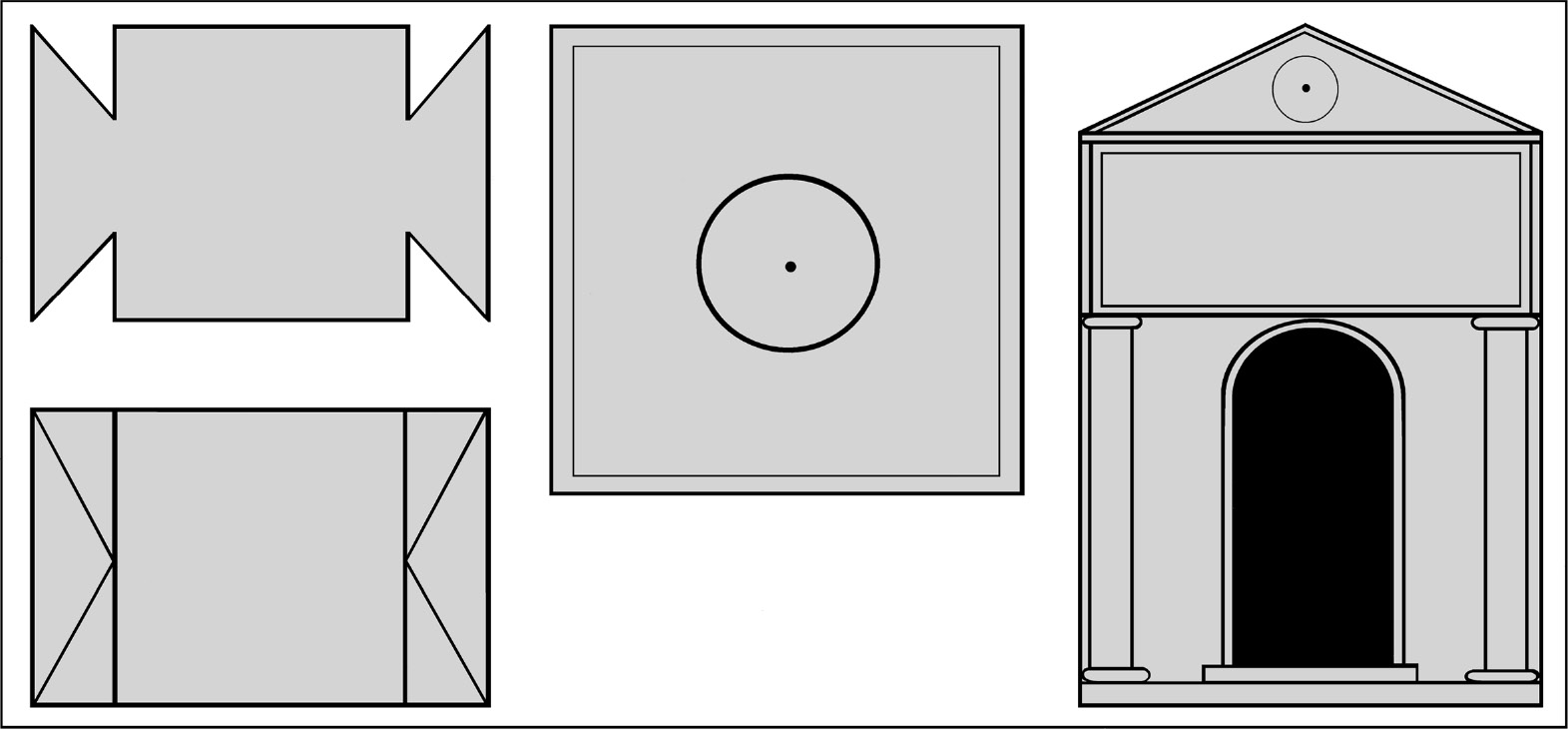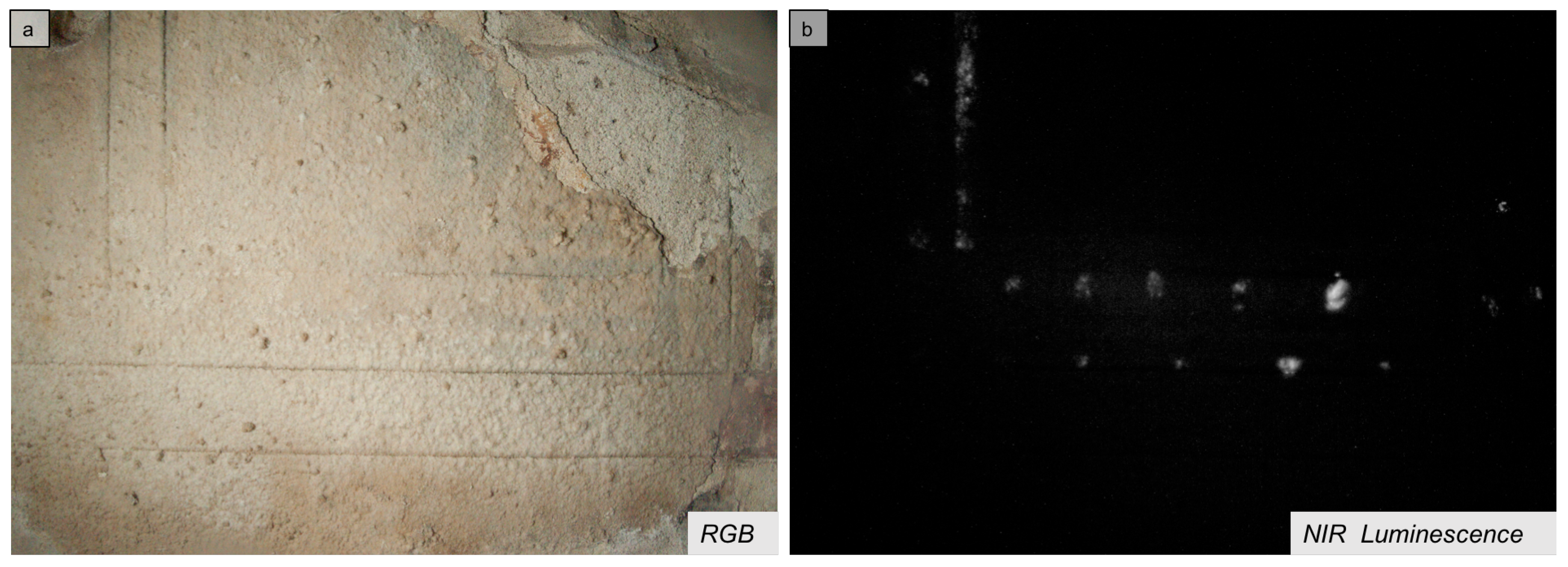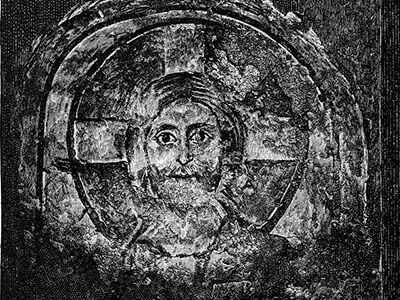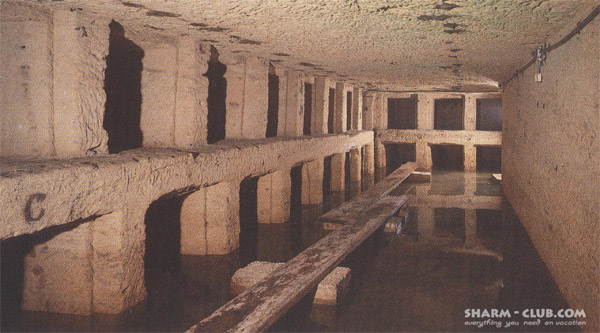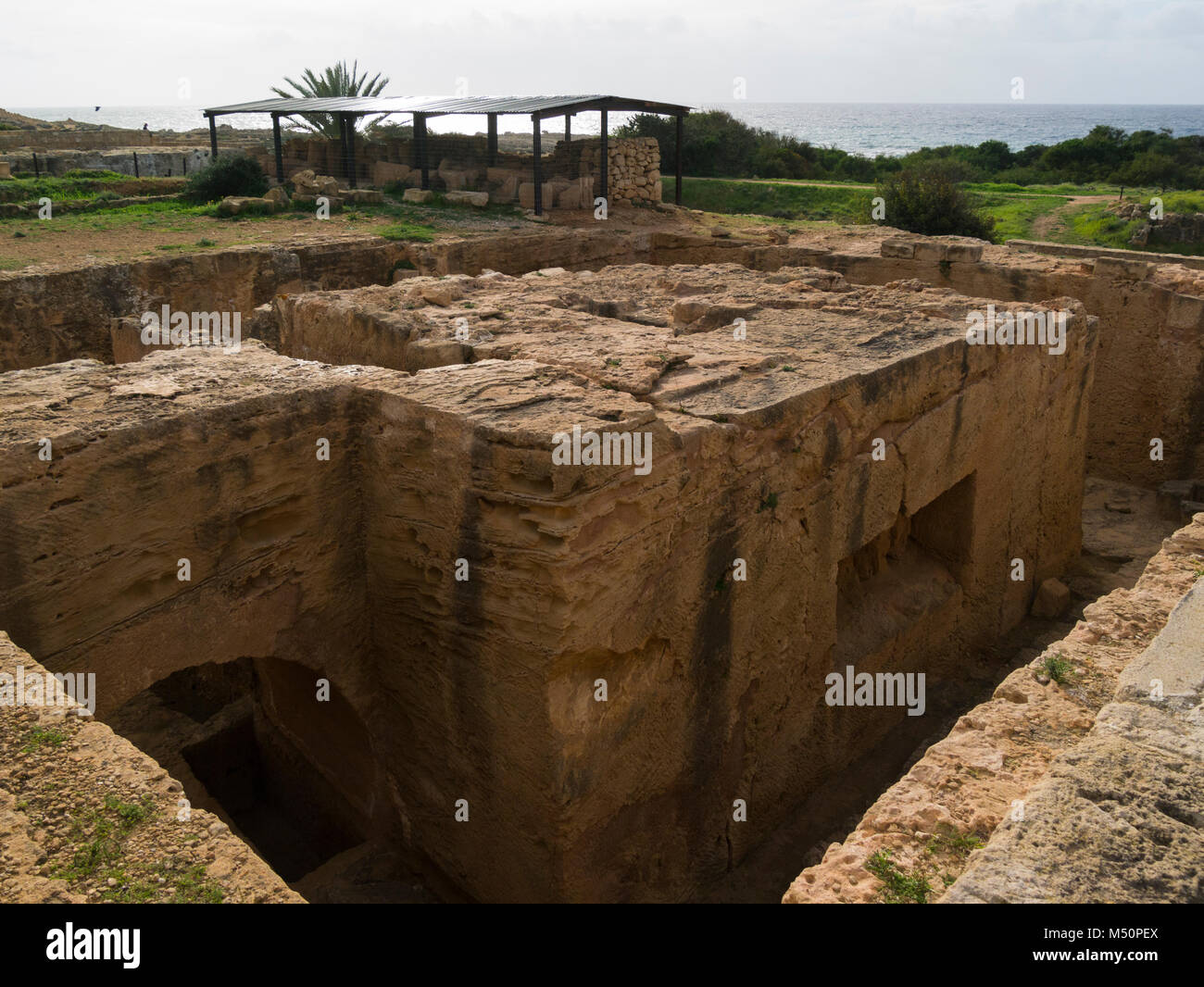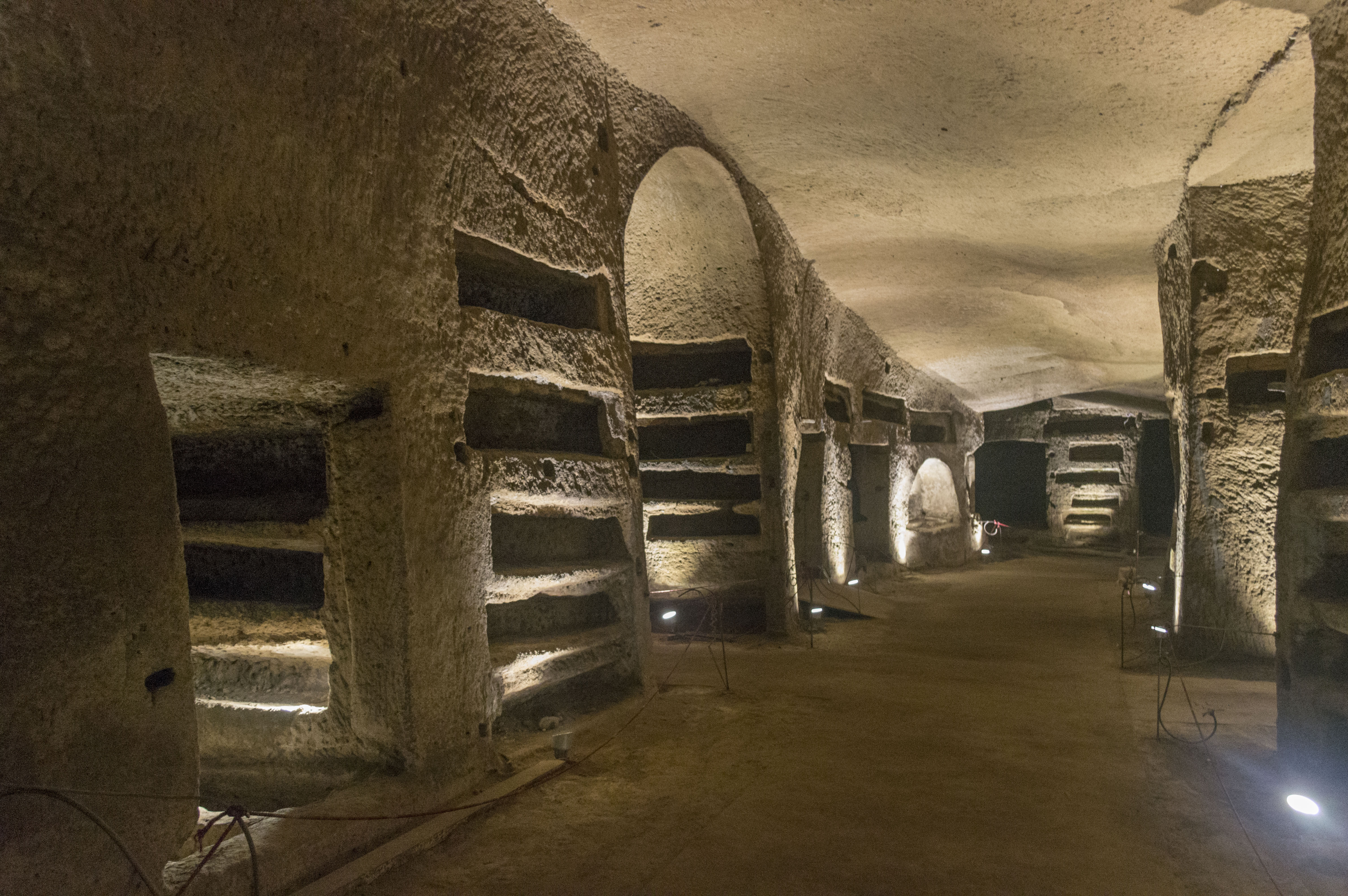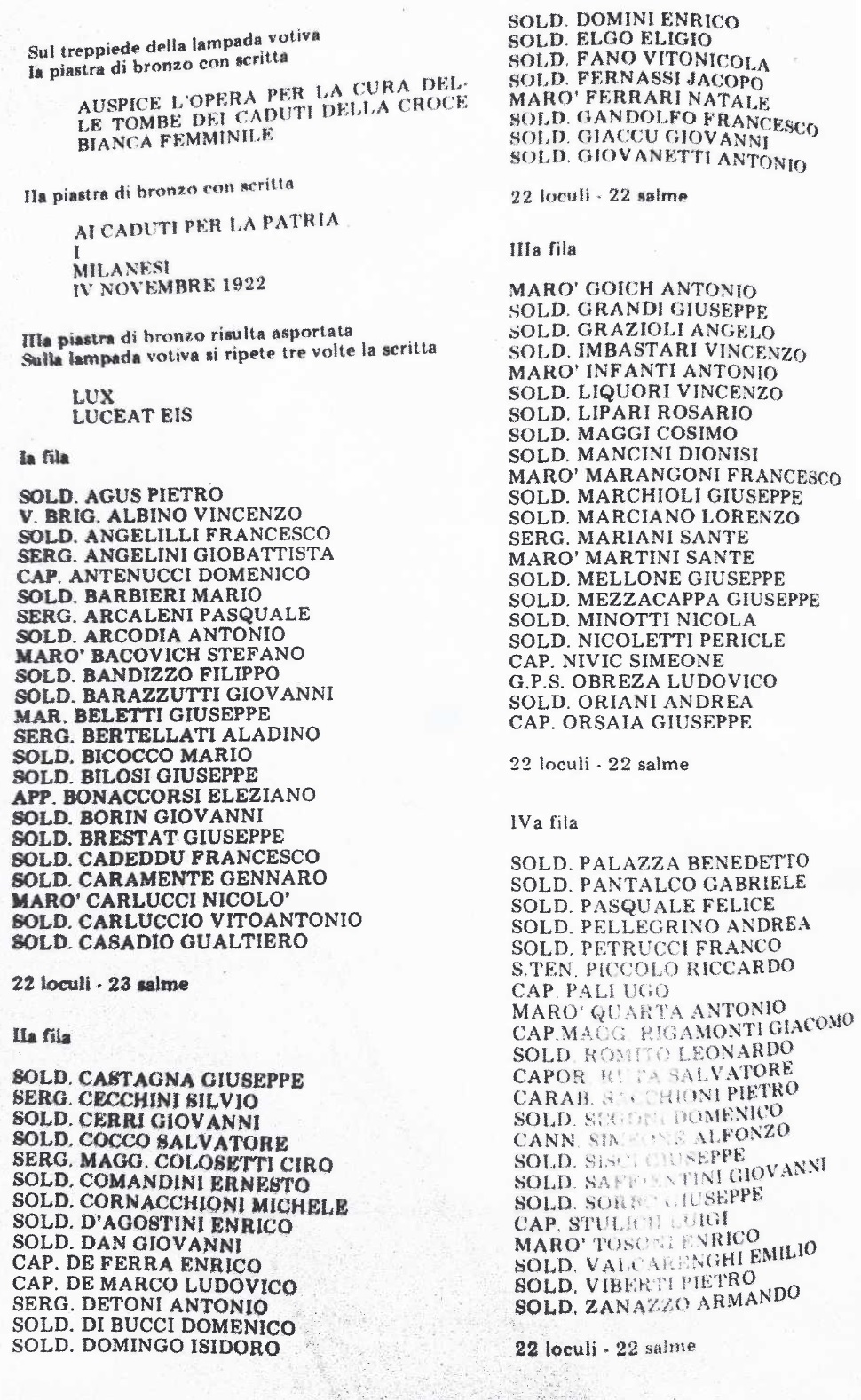Marble Tomb Loculus Cover

It was made in the first century josephus 20 4 section 3.
Marble tomb loculus cover. Significance of rays from head of helios vine leaves surrounding central figure. Used for holding the bread during the eucharist and sometimes as a cover for the chalice. This panel sealed a burial niche in a tomb. This is a fairly high relief marble carving made by a subtractive process and displays 11 human figures and three animals.
Hybrid creatures of the imagination centaurs share the artistic and literary stage with man from homer s day on but here they date to the late 2nd or 3rd. Side walls of tomb have images of good shepherd and jonah and whale. The tomb is a limestone shelf or burial bed hewn from the wall of a cave national geographic reports covered by marble cladding since at least 1555 a d it was exposed oct. A large cup or goblet typically used for drinking wine.
The cover is about six feet wide and three feet tall naturally gray and depicts a narrative. Decoration of private tomb under vatican. Mosaic in the vault of the tomb of the julii vatican grottoes vatican city 3rd century early christian. A recess in an ancient catacomb or tomb where a body or cinerary urn was placed.
Church of hagia sophia. Experts analyzed mortar from the original limestone surface of the tomb and a marble slab that covers it which they dated to around 345 a d. The tomb of helena queen of adiabene is the only dated example of the loculus tomb with stone closed mouth. The scene represents a bacchic procession.
26 as part of a major. Such is the case in the tombs of the kings so called. Anthemius of trailes and isidorus of miletus. Bacchic reveler marble tomb loculus cover.
Marble tomb loculus cover. The language of john can only apply to the mouth of the cave not that of the loculus. Roman gallery university of pennsylvania museum of archaeology and anthropology. While the blocky and hierarchical reliefs made just for his arch portray a rule heavy with authority.
Historical accounts indicate that the tomb which is a. Late 2nd 3rd century a d.


